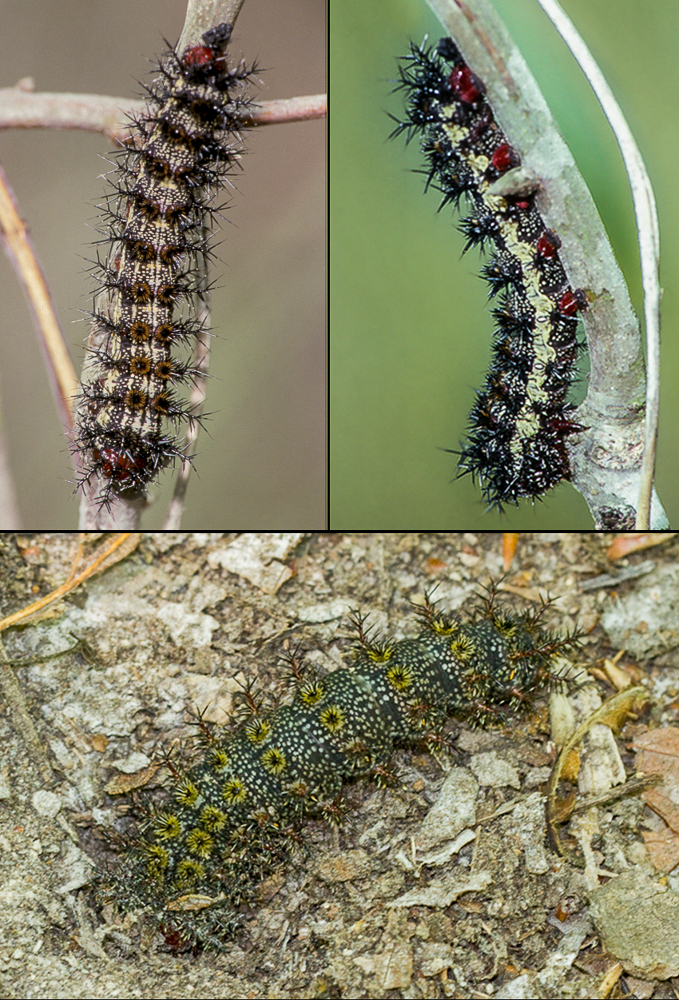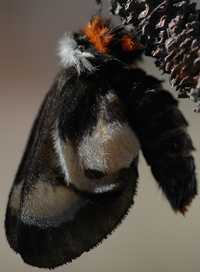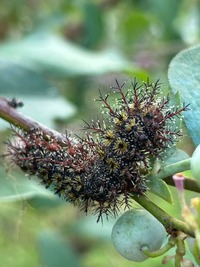
| Recorded by: Christine Jackman on 2025-06-24
Burke Co.
Comment: | 
| Recorded by: Dawn-Michelle Oliver on 2025-06-09
Caswell Co.
Comment: |
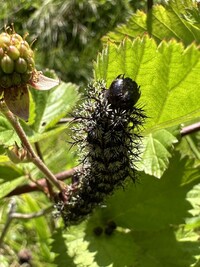
| Recorded by: Dawn-Michelle Oliver on 2025-06-09
Caswell Co.
Comment: | 
| Recorded by: Dawn-Michelle Oliver on 2025-06-09
Caswell Co.
Comment: |
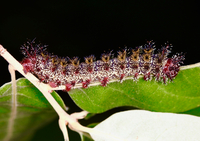
| Recorded by: Jim Petranka and Becky Elkin on 2025-05-22
Richmond Co.
Comment: | 
| Recorded by: R. Spainhour on 2024-07-02
Surry Co.
Comment: |

| Recorded by: David George, Becky Watkins on 2022-05-23
New Hanover Co.
Comment: | 
| Recorded by: David George on 2021-05-15
Person Co.
Comment: |

| Recorded by: J. A. Anderson on 2020-12-24
New Hanover Co.
Comment: | 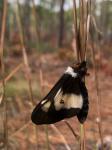
| Recorded by: J. A. Anderson on 2020-12-24
New Hanover Co.
Comment: |
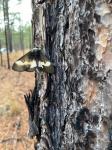
| Recorded by: H. Reynolds on 2020-12-04
Cumberland Co.
Comment: | 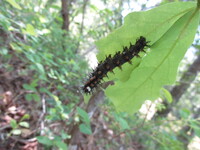
| Recorded by: Morgan Freese on 2020-04-27
Brunswick Co.
Comment: |
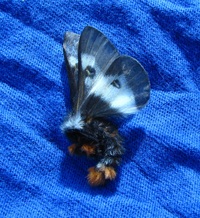
| Recorded by: Ken Kneidel on 2019-12-10
New Hanover Co.
Comment: | 
| Recorded by: Jame Amoroso on 2019-06-01
Stokes Co.
Comment: |

| Recorded by: Hunter Phillips on 2019-05-28
Onslow Co.
Comment: | 
| Recorded by: Virginia Holman on 2018-12-16
New Hanover Co.
Comment: |
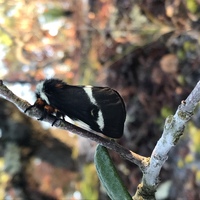
| Recorded by: Virginia Holman on 2018-12-16
New Hanover Co.
Comment: | 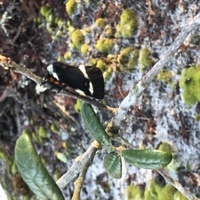
| Recorded by: Virginia Holman on 2018-12-16
New Hanover Co.
Comment: |
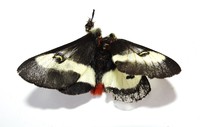
| Recorded by: Jeff Beane on 2018-12-02
Scotland Co.
Comment: | 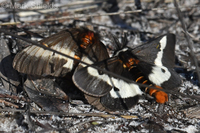
| Recorded by: Mark Shields on 2017-12-19
New Hanover Co.
Comment: |
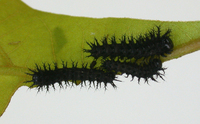
| Recorded by: J.B. Sullivan on 2016-04-12
New Hanover Co.
Comment: | 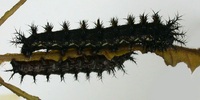
| Recorded by: J.B. Sullivan on 2016-04-12
New Hanover Co.
Comment: |
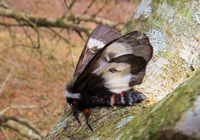
| Recorded by: Jeff Beane on 2015-11-26
Moore Co.
Comment: | 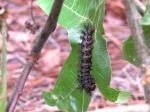
| Recorded by: NEW on 2015-06-04
Moore Co.
Comment: |
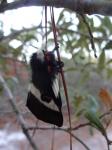
| Recorded by: Jason Brown on 2013-12-07
New Hanover Co.
Comment: | 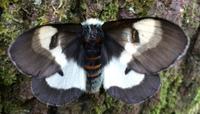
| Recorded by: Kevin Bischof on 2013-12-02
Burke Co.
Comment: |
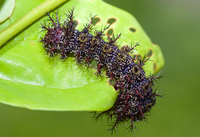
| Recorded by: Jim Petranka on 2012-06-16
Rutherford Co.
Comment: | 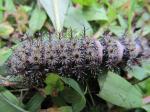
| Recorded by: L. Amos on 2012-06-12
Warren Co.
Comment: |

| Recorded by: ASH, C. Bowers on 2012-05-31
Cumberland Co.
Comment: | 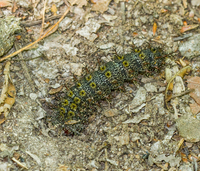
| Recorded by: SPH on 2011-06-07
Randolph Co.
Comment: Pre-pupal larvae seen digging into the ground on a trail |
|

 »
»